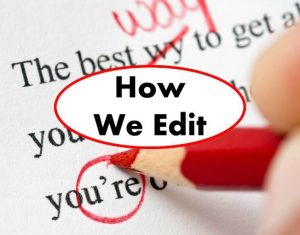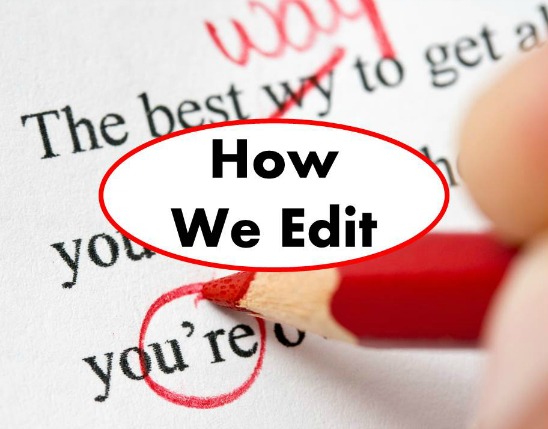
Fact-checking is often an added task to a copyeditor’s already long list of duties, one that editors aren’t always thrilled to take on. But not only can you make yourself more valuable by taking on this task, the last year or so has demonstrated just how important fact-checking is to readers and, thus, to our employers or clients.
At the recent ACES conference, I attended “How to Fact-Check,” with Brooke Borel, author of The Chicago Guide to Fact-Checking, and Laura Browning, managing editor of The A.V. Club, sister site of The Onion. While the session was aimed at fact-checkers, several of the tips will benefit copyeditors squeezing fact-checking into their days.
1. KNOW HOW MUCH FACT-CHECKING IS EXPECTED
Browning advised attendees to ask what publication stakeholders expect from you, and what the audience expects from the publication. These questions can guide you in how deep your fact-checking needs to be.
For example, noted Browning, The Onion is very careful not to unintentionally represent real people
in its satire. When it published an image of a memorial stone with the names
of people who
had been victims
of violence, editors checked that none
of the names were of real victims
of violence.
2. TRIAGE FACT-CHECKING BY IMPORTANCE OF THE FACT
Copyeditors don’t always have time to check every item in a manuscript, so we need to triage. In copyediting, we prioritize fixing items that will hurt the manuscript the most. We fix issues of clarity and skip correcting serial commas.
In fact-checking, prioritize facts that, if wrong, could land the writer or publisher in legal trouble. Also prioritize facts that will embarrass your publication or that are crucial to the manuscript’s thesis.
Lower-priority items can sometimes be generalized into factual correctness. For instance, your author quotes Joe Smith of Widget Co. in the manuscript, listing his title as “director of widgets, gadgets, and grommets.” While you can verify that Smith is a director at the company, you can’t nail down his precise title. In the interest of time, you might rewrite the description as “Joe Smith, a director at Widget Co.”
3. CHECK A QUOTE’S FACTUAL ACCURACY, TOO
While we often check to see if the author quoted a person or publication accurately, we don’t always think to check if the original statement is accurate. While the author is responsible for the content of a manuscript, copyeditors can support their authors and publications by verifying the context of the quote as well. This can become a time-consuming project, so ask first if you should provide this support.
4. BUILD UP YOUR BS METER
Some media outlets are well known for their liberal or conservative biases. Others may be stealthier or simply unknown to you. Read a variety of media outlets to learn to identify biases at a glance.
Check facts using a variety of sources, as well, to help ensure you have the facts right. Keep in mind that social media is self-reported; you’ll want to double-check post content before quoting them.
5. JUST WATCH THE VIDEO
A conscientious copyeditor could spend hours searching for a video’s transcript or an accurate description of a song to verify one line of dialogue or one measure of music. Sometimes, says, Browning, it’s faster to just watch the video or listen to the audio.
6. START WITH WHAT YOU KNOW
Some facts are harder to track down than others. When your search becomes frustrated, go back to the basics of what you know and try to poke holes in it.
For example, the manuscript states that 10 percent of survey respondents were more satisfied with their new cell phones, according to XYZ Survey. You don’t have access to the actual survey, so you check XYZ Survey’s website for the data point. Nothing. You Google the data point, thinking someone else might have reported it. Zip.
Think about what you know: XYZ Survey asked a survey question about cellphone satisfaction. You go back to XYZ Survey’s website and search for “cellphone satisfaction.” Ah! The actual fact is that there was a 10 percentage point increase in new cellphone satisfaction.
Whether your fact-checking is the “no stone left unturned” or the “this needed to be published five minutes ago!” variety, you want your fact-checking to be as accurate as possible. The real trick is thinking about just how wrong the facts can be and working to prevent that. Try these six tips in your next manuscript!
This article original published on Copyediting.com.


